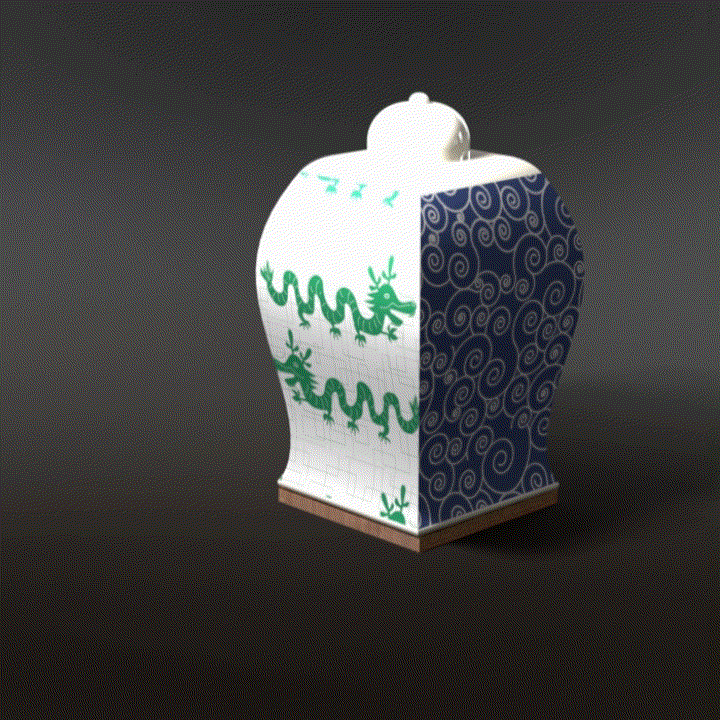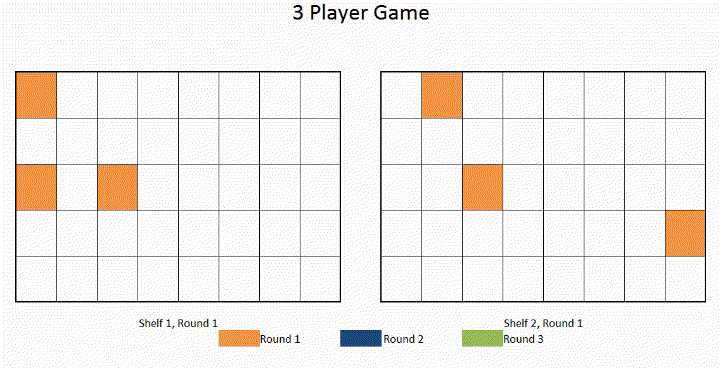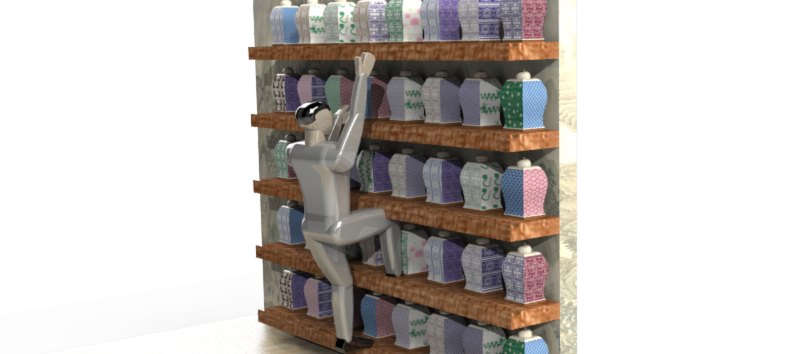Remember the Tea-tails
Gameplay
In this section, the logic behind the game is explained as well as demonstrating the different game elements.
Game Summary
Remember the Tea-Tails is a memory game that focuses on the details(as shown by the pun in its title). This is an improvement made from the original storyboard that just involves the players changing the layout of the room according to the picture on the scroll. To make the game more challenging and encourage teamwork, we have added a memory aspect to the game. To reach the jars on the top shelf, the players would have to climb the shelves, introducing a physical element to the game.
The game has a total of 3 levels with increasing difficulty. At the start of each level, certain jars would light up for 3 seconds. The players would have to remember which jars were lit up and ensure that only those jars are turned. If the wrong jars are turned, they would immediately fail the game.
They can only move on to the next level after all the correct jars are turned to the right position as indicated by the scroll. Each level would also have a time limit that would be indicated by a teapot whistle. By the end of the game, the jars on the walls would be identical to the picture in the scroll. We have also introduced a fun element at the end of the game which is to take a picture of the team in the tearoom. This picture would be sent to their Open World account as a momento.
Game Sequence
The sequence of the game is illustrated in the flowchart below:

*The selection of jar locations is randomized computer algorithm that selects a number of jars randomly for each level based on the number of people in the room.
Adaptive Group Settings
The game was specifically designed to accommodate different group sizes from 3-5 people. The number of jars that are lighted up in each level are indicated by the table below. The algorithm for all three levels is (2,6,8)*N. Hence for a team of 4, the number of jars for each level would be (8,24,32).
There are a total of 80 jars in each room distributed evenly between two walls. For the team of 3, they would not be solving for all 80 jars but only a total of 48 jars. The remaining 32 jars would already be in the correct position as indicated by the scroll.
This is taking advantage of the fact that a TV is used to display the pictures on the scrolls. Hence, the jar layout of each room can be configured according to the number of people in the room and the previous jar layout.
Sound Effects
We have decided to provide feedback in the form of sound effects to guide the players along. The crucial sound effects are displayed below. The three sound effects are free sound clips from SoundBible.
Gong
The gong rings out to indicate that the level has been cleared.
Jar Breaking
If the wrong jar is turned or the room could not be cleared within the time limit, the jar breaks to indicate failure of the room.
Teapot Whistle
To indicate the time limit of each level. As the time approaches the timelimit, the teapot would start to whistle louder and louder. If the level is cleared, the teapot's whistle would subside and would reset for the next level.
Background Music
In addition to the feedback mechanism, the ambience of the room is created by chinese instrumental music playing in the background. The music file is clipped from a youtube video from this link.
Demonstration of Game Elements
The interaction between the players and the different game elements are shown in this section:
Spotlight on Jar
To light up the jar, a spotlight on the shelf above would be turned on. This would create the lighting effect as shown. (Note: The renderings below were all done during concept refinement period. The jar designs have changed since then.)

Lighting sequence of Jars
The number of jars in each level corresponds to the size of the group. The jars that are lighted up for each level is randomized by an algorithm. A simulation is shown below.

Turning of Jar
The jar would be rotated about its central axis and can be turned as such.

Scroll Display
The scroll will be updated before each game, depending on the size of the group.
Climbing on Shelf
To reach the top-most shelf, the players would have to climb.

Play Testing
User Response

Game Testing
